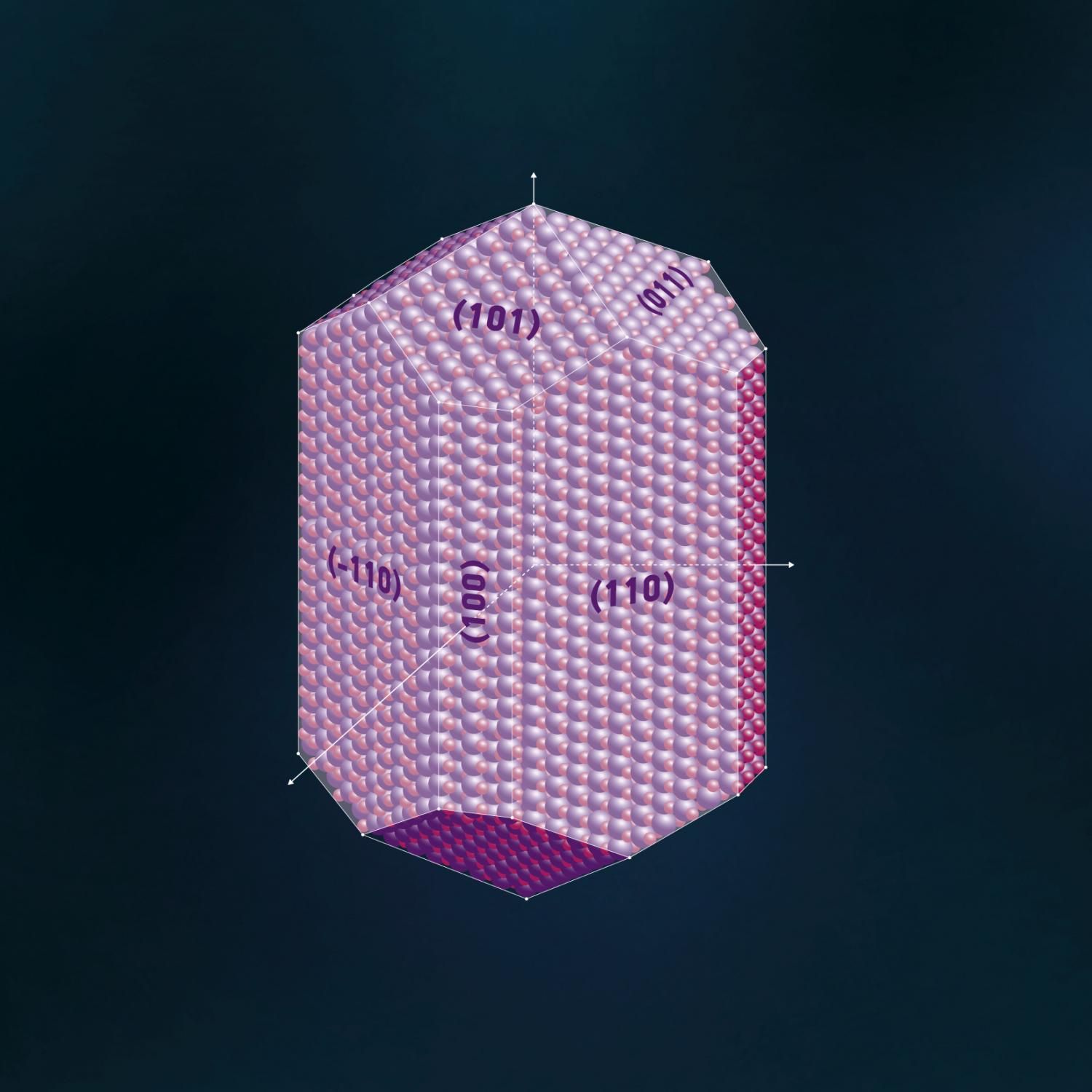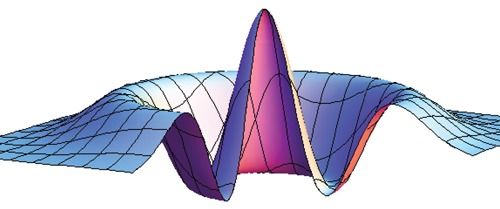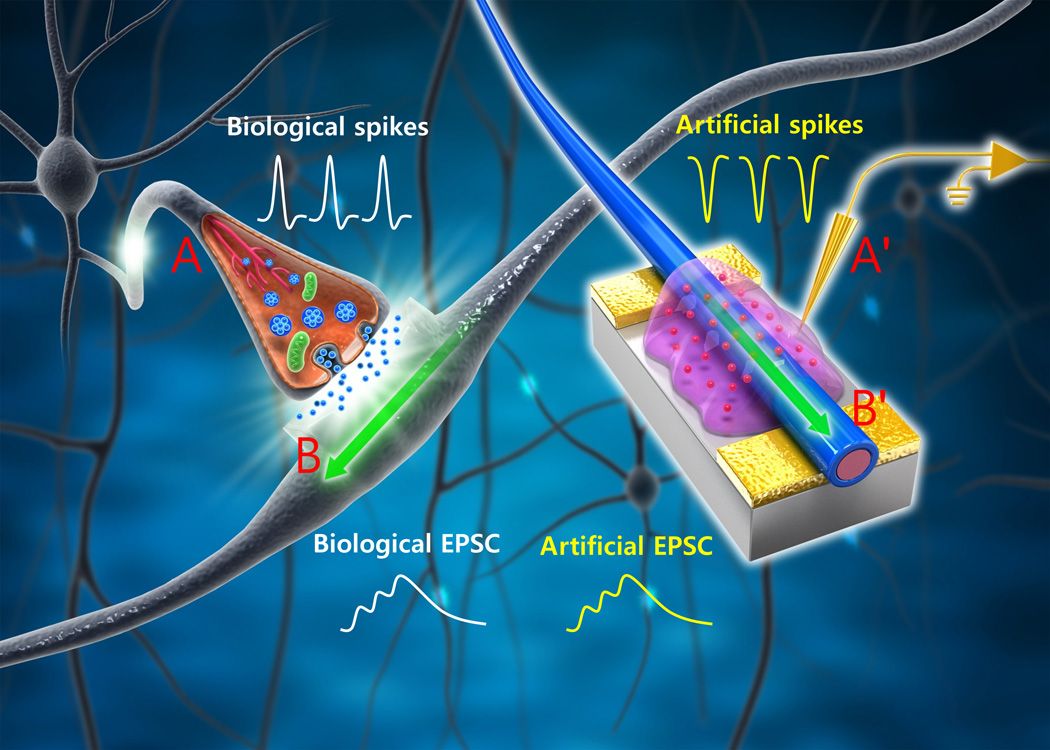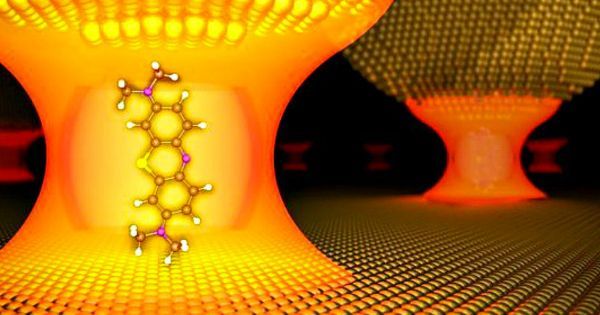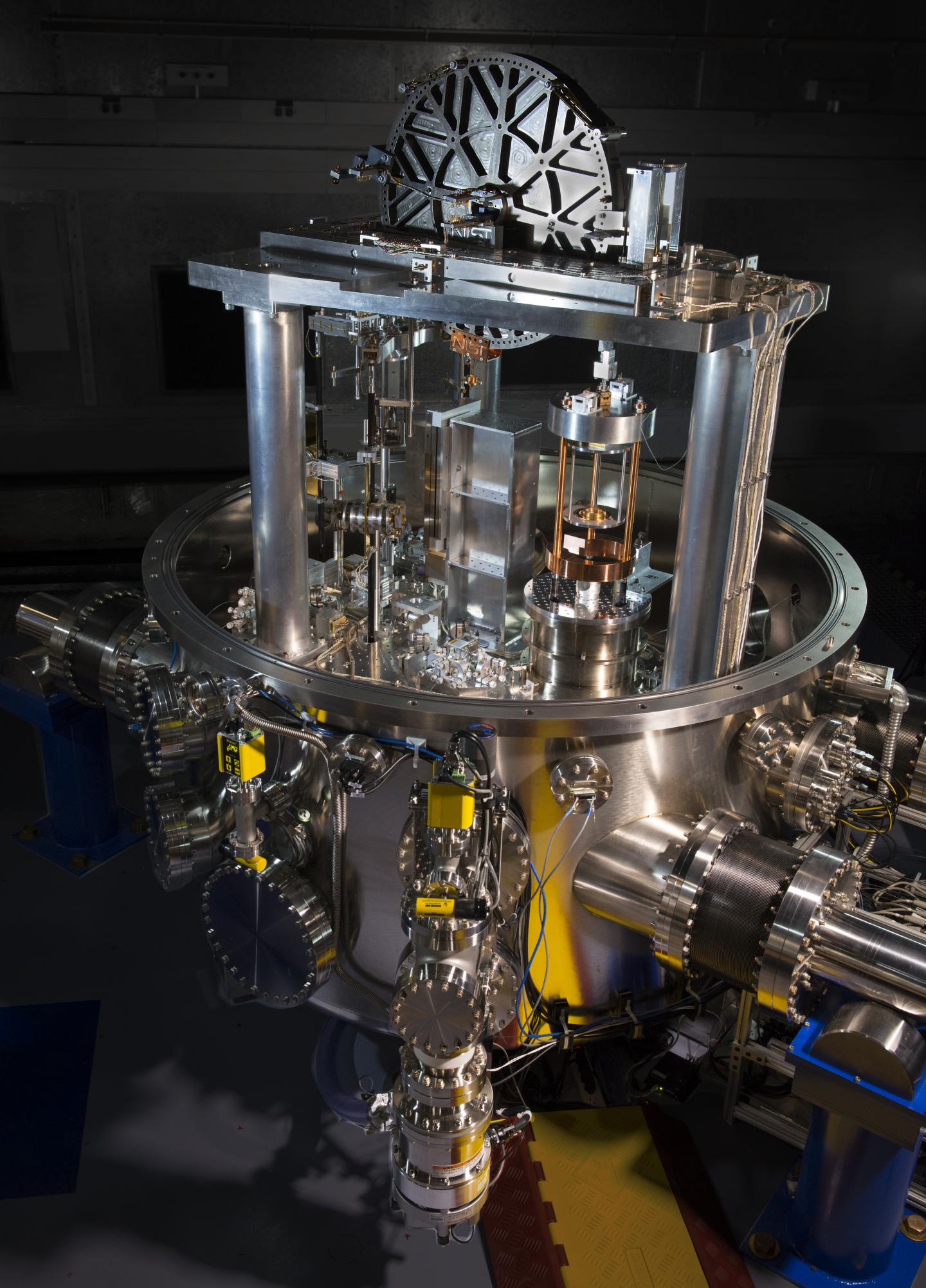
A high-tech version of an old-fashioned balance scale at the National Institute of Standards and Technology (NIST) has just brought scientists a critical step closer toward a new and improved definition of the kilogram. The scale, called the NIST-4 watt balance, has conducted its first measurement of a fundamental physical quantity called Planck’s constant to within 34 parts per billion — demonstrating the scale is accurate enough to assist the international community with the redefinition of the kilogram, an event slated for 2018.
The redefinition-which is not intended to alter the value of the kilogram’s mass, but rather to define it in terms of unchanging fundamental constants of nature-will have little noticeable effect on everyday life. But it will remove a nagging uncertainty in the official kilogram’s mass, owing to its potential to change slightly in value over time, such as when someone touches the metal artifact that currently defines it.
Planck’s constant lies at the heart of quantum mechanics, the theory that is used to describe physics at the scale of the atom and smaller. Quantum mechanics began in 1900 when Max Planck described how objects radiate energy in tiny packets known as “quanta.” The amount of energy is proportional to a very small quantity called h, known as Planck’s constant, which subsequently shows up in almost all equations in quantum mechanics. The value of h — according to NIST’s new measurement — is 6.62606983×10−34 kg?m2/s, with an uncertainty of plus or minus 22 in the last two digits.
Read more

